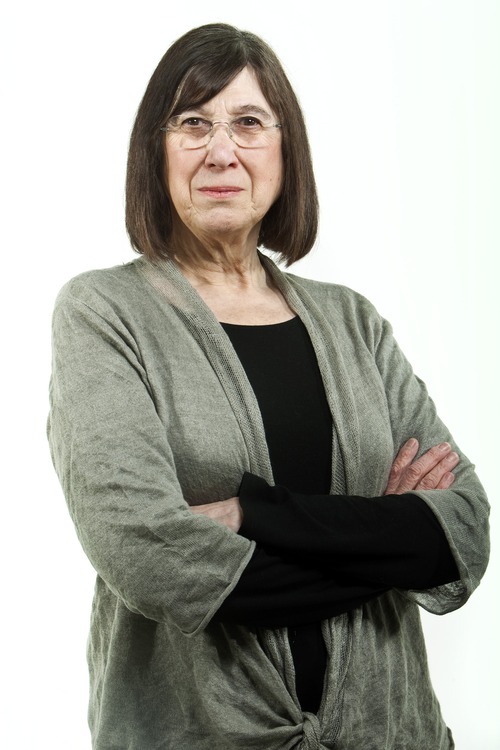This is an archived article that was published on sltrib.com in 2013, and information in the article may be outdated. It is provided only for personal research purposes and may not be reprinted.
As soon as Samuel Morse tapped out his 1844 electronic telegraph message, "What hath God wrought?" from Washington, D.C., to Baltimore (see June 23, 2013, Salt Lake Tribune's "Living History") another electrifying spark was heard loud and clear. Telegraphers were wanted. Women could apply.
In the early 1840s, during the Industrial Revolution, approximately 20 percent of America's workforce represented women working outside the home in factories and mills. New England's textile trade alone employed 8,000 young women and girls. Many put in 13-hour workdays. They boarded in cramped, company-owned houses, toiled amid the noisy clatter of mill looms and spindles and breathed stifling air charged with floating particles of cloth filaments and threads.
Despite such unhealthy working conditions and low wages, economic independence for women seemed within reach. But when the "talking wire" connected the nation in 1861, meeting midway in Salt Lake City, telegraphy offered women a better chance for equity — although wages fell below those paid to men — education and independence.
Tying into the east-west transcontinental telegraph line, Brigham Young, president of The Church of Jesus Christ of Latter-day Saints, proposed to build the Deseret Telegraph system, connecting the territory as far north as Bear Lake and south to St. George. Telegraph stations soon opened on main streets, appeared in rural parlors and bundled into railroad depots.
Since many Utah women already held nontraditional roles in ranching and farming, they took up the key easily and were rarely seen as a threat by male co-workers.
Barbara Gowans and Emily Warburton, of Tooele, attended Brigham Young School of Telegraphy where key and code were taught and literacy and handwriting skills were essentials. Sixteen-year-old Maude Matheson became both operator and manager of her post in Cedar City. (She remained long after Western Union purchased the Deseret line in 1900.)
In The Story of Telegraphy, Utah historian Kate Carter wrote many women operators learned on the job, supplemented their family's income and passed their knowledge from one generation to the next.
Anne Barnes Layton, a telegraph operator for the Utah Central Railroad in Woods Cross, inherited the post from her sister, Mary Ann.
"I never missed one roll call which was at 8 a.m.," Layton wrote in memoirs archived in Carter's book. "My salary was advanced three times. I clothed and boarded myself and gave my mother $10 each month and helped clothe my youngest sister Sarah."
The only operator at the station in 1879, Layton shouldered telegraph equipment, railway and telegraph forms, a flag and a red lantern for signaling trains. During one wind storm, she spent 18 hours helping clear the tracks of derailed and blocked cars.
Layton often worked long hours, "until the last train cleared," she wrote. "You could send ten words in a telegraph for a flat fee. When the train stopped, passengers would run to the telegraph office, write their telegrams, pay the flat rate, and rush back to the car. I didn't have the time to count the words until the trains had gone. I had to do a lot of condensing, but I never omitted the essentials."
In 1884, Layton resigned to "marry the man of [her] choice."
Mary Ellen Love, who used Estelle as her "wire" name, worked at Fountain Green during the 1862 Black Hawk War. In Mona, she was an operator for the Deseret line while clerking at a general merchandise store. Maintaining contact with her sister telegraphic operators, "Lizette" Claridge and "Belle" Parks from Nephi, she married and continued transcribing Morse code transmissions in Dry Creek while rocking her baby in her lap.
Defying the convention that females were high-strung and incapable of handling technical and demanding work, most telegraphers could decipher code in their sleep.
Once, longtime cattle rancher and former telegrapher Katherine Fenton Nutter ordered railroad cattle cars, but hearing the operator clacking in Morse code, pulled him up short, saying, "I said cattle cars, not sheep."
Eileen Hallet Stone, an oral historian, may be reached at ehswriter@aol.com. Additional sources: Utah History to Go's Katherine Fenton Nutter: Utah's Cattle Queen and on-line studies on western women telegraphers by Thomas C. Jepsen.



